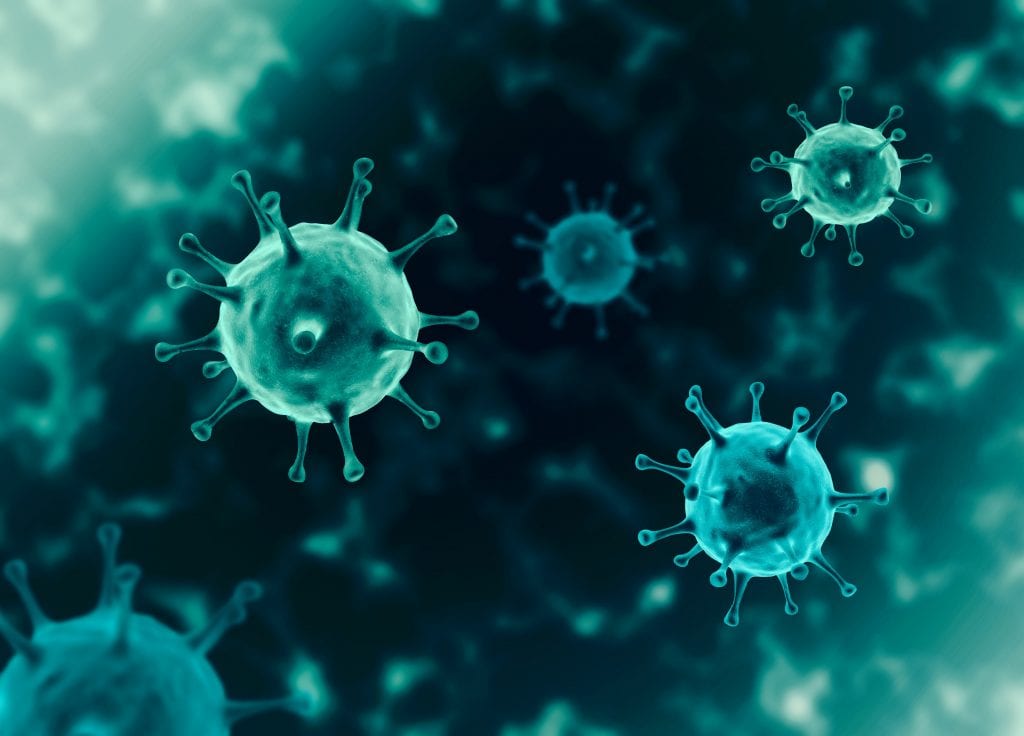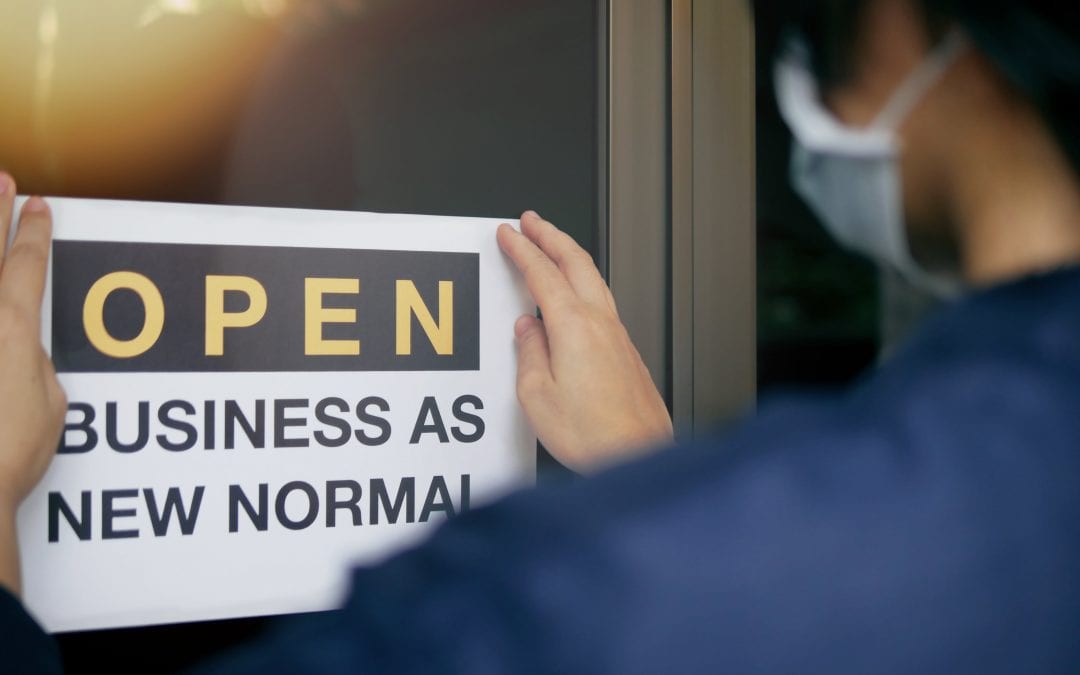Since the end of March most of our lives have changed completely. There has been so much uncertainty since lockdown began with a mixture of both positive and negative experiences. There is no doubt that the virus has affected some far more irrevocably than others. Despite the horrible statistics of so many deaths and people losing their livelihoods, there have been many stories of communities and families rallying around and supporting each other. PPE and coronavirus have become part of our everyday conversation, as was the weekly clap for carers, often meeting neighbours for the first time!
Now as these restrictions are starting to ease and businesses have gradually opened back up, there are, and will be, lots of changes to the way we will go about our daily lives.
Medical aesthetics especially will be a completely different journey for patients, compared to what has come before. With premises due to open from the 4th of July there are numerous protocols and procedures that need to be put in place before the first person sets foot into the building. Further Update; see end of post
Now, more than ever, it is important that you place your trust in those clinicians that are medically qualified and who are familiar with PPE, infection control, decontamination methods and medical waste management.
Below I have outlined what a typical journey might look like with this new normal, when you have your long-awaited Botox, filler, or other aesthetic treatment.
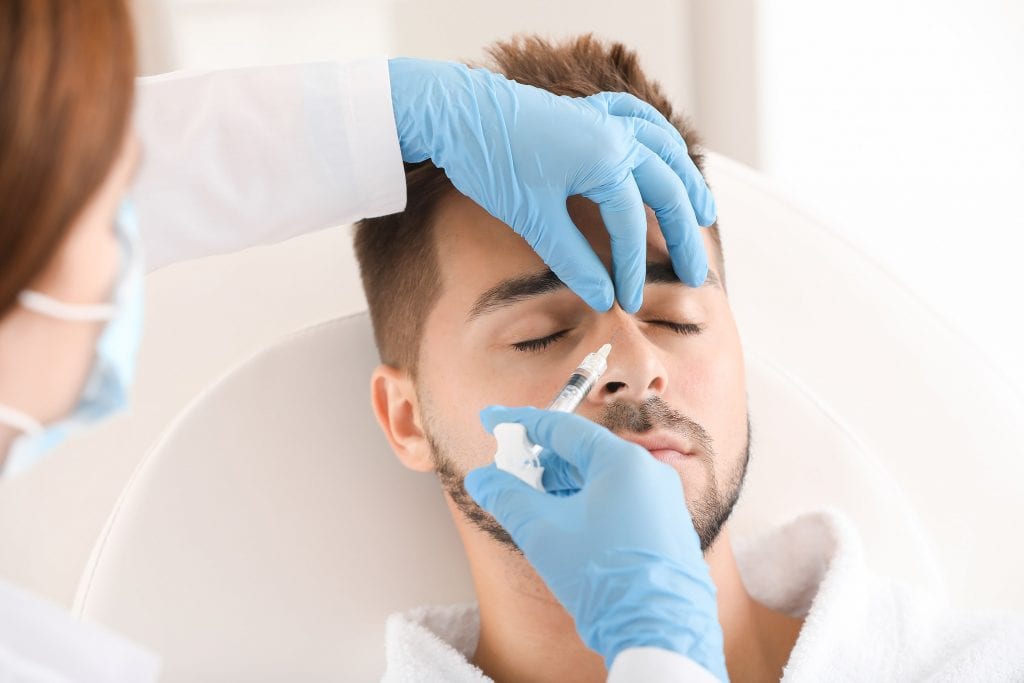
One of the key elements to understand with your journey is to limit the time you spend in the clinic and your interaction with the people you’re in close proximity to. The reason for this is to reduce the potential for viral load transfer from those individuals that are either subclinical or in the early stages of infection.
People that either show no signs of the virus or are in these early phases are thought to be largely responsible for spreading the virus and it is these individuals that we need to protect ourselves from.
So, Who Are These People? Well, it could be you the patient, me the practitioner, or even another patient.
Thankfully, there are several measures that we can take to help reduce this potential spread and I will run through each of these stages below.
Consultation phase
Face to face consultations for new patients often take around 30 minutes or so to complete. As explained, one of our main aims is to try and reduce the time you spend at the clinic, so to help with this, new patient appointments are now moving over to what are called remote consultations, unless it is absolutely not possible.
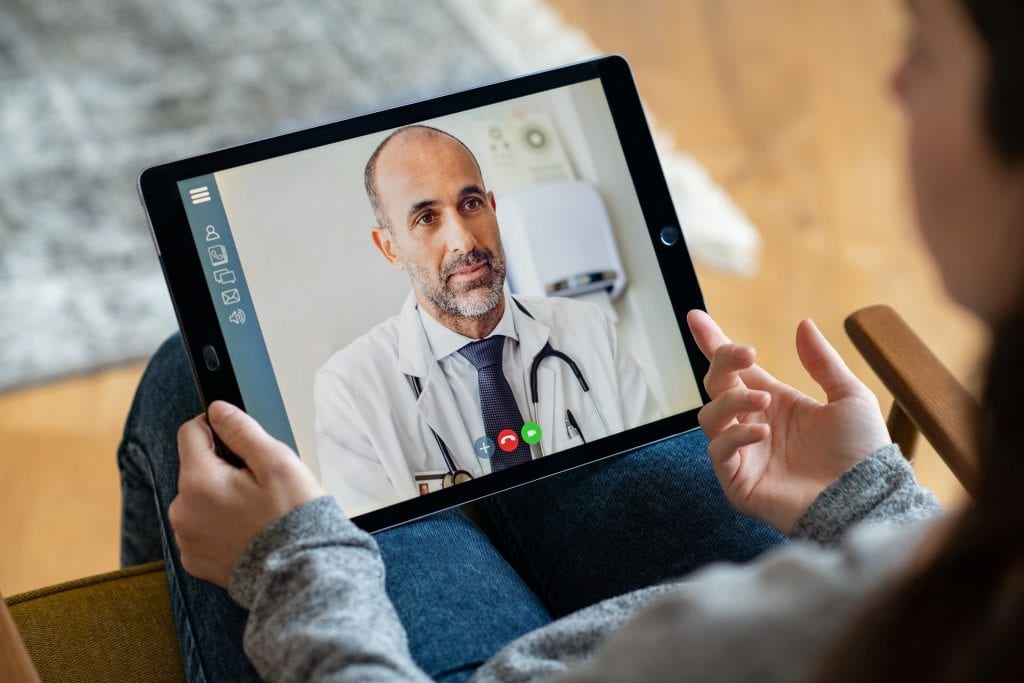
This will be either video conferencing or telephone triage. There are several applications available for free, however, it is important to use GDPR complaint software, which for our purposes will either be Zoom or Google Meet. These platforms are simple to use and provide a secure connection between you the patient and me the practitioner.
This conversation should be in a private and quiet space so there are distractions. The consultation provides you with an opportunity to meet your practitioner for the first time. As we will discuss below, when you do visit the clinic, the practitioner will almost certainly be wearing full PPE which will be a mask, gloves, apron, and clinical scrubs. If you have never met the treating practitioner before, this can be quite disconcerting and impersonal, which places even more importance on building a rapport with the practitioner prior to attending, via remote consultation.
For existing patients, that only require their usual treatment, I still recommend at least a telephone call. This is to confirm what treatment is requested and run through what to expect as well as what is required of the patient on the appointment visit.
In summary; consultations,
-Are performed remotely either via video conferencing such as Zoom (GDPR compliant) or telephone
-Allow you to see your practitioner face to face.
-Allow you to discuss your query/concerns in a clear and relaxed environment
-Minimises your time on the premises
-confirm covid questions
For new patients, I would typically request three to five photographs.
When speaking with health care professionals, questions regarding your covid-19 status are likely to be repeated on numerous occasions, so please try and not to be frustrated by them.
The questions are,
1) Have you tested positive for covid in the last seven days?
2) Are you waiting for a covid test or the result?
3) Do you have any of the following symptoms;
New, continuous cough
High temperature or fever
Loss of, or change in, sense of smell or taste?
4) Do you live with someone who has either tested positive for covid or had symptoms of covid in the last 14 days?
5) Have you been notified by NHS test and trace in the last 14 days that you are a contact of a person who has tested positive for COVID 19 and you do not live with that person
If you answer yes to any of these questions, then no appointment would be offered. It is with good faith that you answer these questions truthfully.
Appointment Phase.
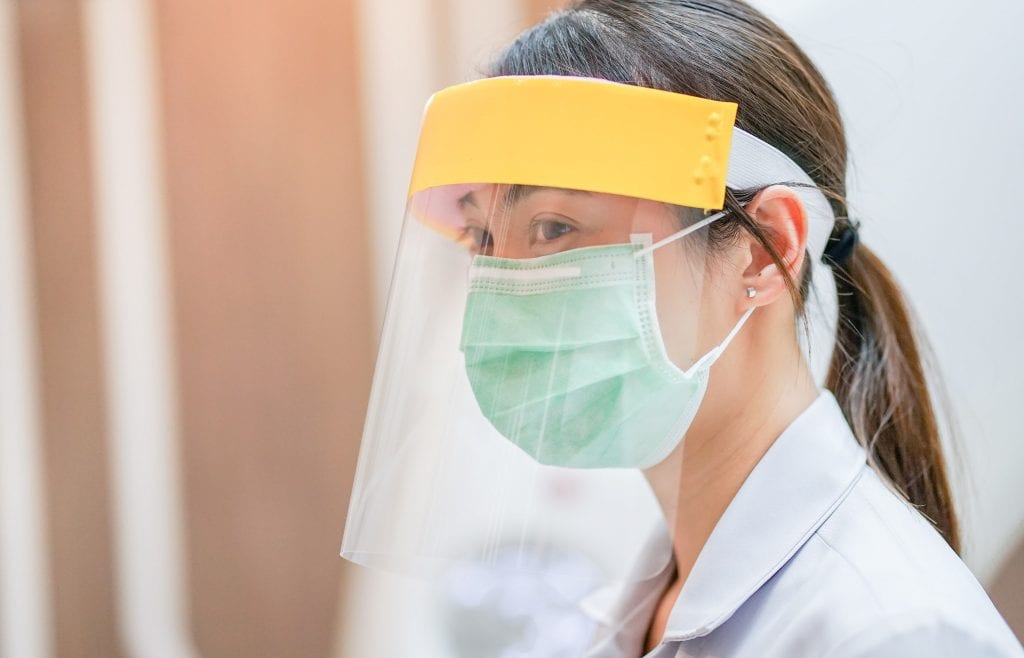
As previously mentioned, your journey through the clinic on the day of your appointment will be quite different to what you’ve experienced previously. The aim is to try and pass you through in an expedient, courteous and efficient way to minimise your treatment time. Below are the main points to be ware of.
-Avoid public transport if possible
-Arrive alone and as close to your appointment time as possible
-If you have face coverings then please wear them
-Please travel straight from home and not via the shop or other establishment
-Please try and avoid bringing bags or coats (weather permitting). If you do bring personal belongings, they will need to be placed in a storage container near to the entrance/exit.
-At your arranged time please knock on the door rather than ring doorbell, don’t place your hand on door handles
-You will be greeted by your clinician wearing a mask and visor so please don’t be alarmed
-Asked to wash hands on entering
– For Botox treatment it may be possible to wear a face mask throughout. This will be discussed at your consultation.
-You will be accompanied straight to the treatment room. Please try and avoid touching any walls, door handles or handrails if possible
-Treatment will be performed in an expedient manner, this again is to reduce time in the chair
-Try and avoid touching face and any surfaces with hands if possible whilst on the premises
-Clean hands on exiting the building
We will advise people if possible, to make card payments rather than cash. Also, we are introducing pre-payment methods. Options on payment will be discussed at your pre appointment session
Whilst these measures may seem a little over the top, it is for good reason, to minimise the potential spread in enclosed spaces.
The evidence in support of wearing face coverings is a little weak. The thought is that covering the mouth and nose with any kind of covering, or mask, will potentially reduce the spread of droplets from you to others. Masks are not to protect yourself but to protect others. This is now a recommendation, and on public forms of transport is compulsory, at the time of writing.
There is also emerging evidence that mobile phones may be a source of transmission of covid -19. It is well known that mobiles can be a reservoir of microorganisms. In view of this we also advise to avoid touching or holding mobile phones if possible, prior to your visit.
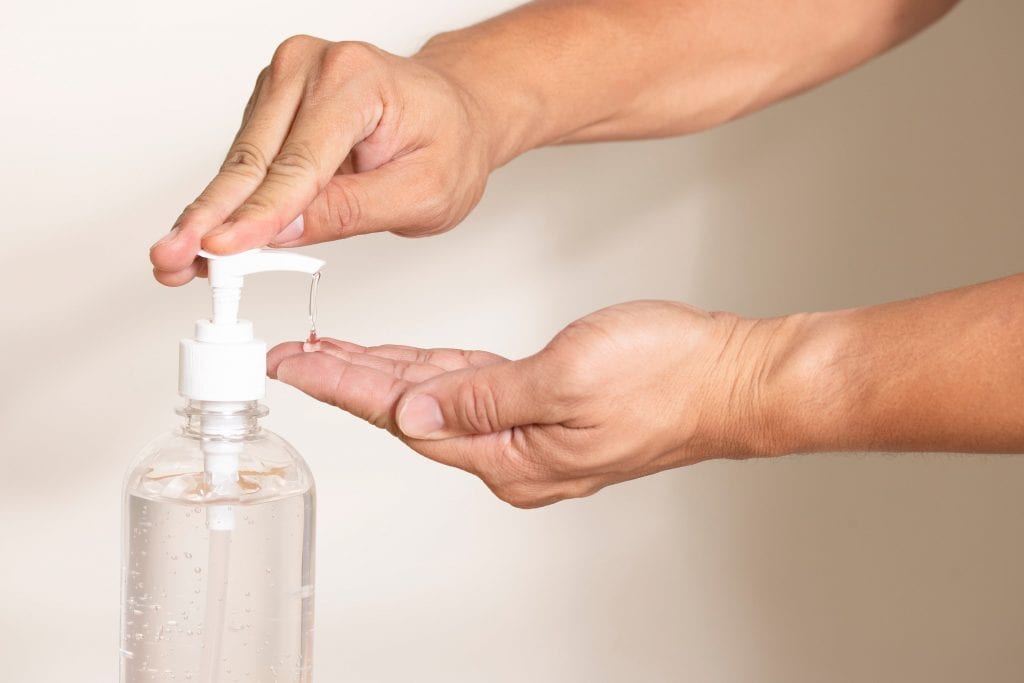
Post procedure,
If you develop any symptoms in the week after your appointment, please let the clinic know. Although contact tracers have been recruited, we feel it is still our responsibility in society to help reduce any potential spread as soon as is possible and this can be done by informing those with whom you’ve been in contact with.
As a society we have vastly different views on what procedures and practices are appropriate for our lives. Some of these measures may seem a little over cautious, however, healthcare professionals must adopt stringent and robust methods to help safeguard both patient and staff safety. We also must be able to hold our standards up against that which is expected of us by our regulatory bodies.
For the foreseeable future this is going to be a way of life when visiting the majority of medical aesthetic clinics.
Most people are aware and supportive of these measures, and whilst keen on having treatments, understand why such protocols are required.
I would like to take the opportunity to thank all my clients who have been incredibly patient and loyal during this time.
Please everyone continues to practice safe measures, such as regular hand cleaning and distancing were possible, even as lockdown eases.
Despite what some may think, we are actually all in this together.
Warm Regards,
Lee Whittle
UPDATE 17th of July 2020
After many weeks of uncertainty regarding medical facial aesthetic treatments, the Government has finally given the go ahead for the resumption of services on the 1st of August 2020
Please be aware that the same pathway and pateitn journey needs to be observed as described in this blog.
I will be posting another blog article on how to navigate remote video assessment for those that may not be tech savvy which will also serve as a refresher for those that have not used the services for a while
UPDATE 6th of July 2020
Legislative changes brought about by the government on the 3rd of July 2020 effectively put an end to the many weeks of uncertainty regarding a resumption of work in the field of aesthetics. Like many people in the medical aesthetic industry, we were left unsure of our position due to the lack of guidance. When the department of health were pressed further on this matter, it was considered that, whilst treatment relating to medical conditions, such as Botox for migraines, is permitted, subject to a psychological/physiological assessment, those treatments that are deemed purely cosmetic, are still impermissible.
There are many arguments over the fairness of why certain industries can return and yet aesthetics, undertaken by health care professions, fully versed into PPE and cross infection control measures, cannot.
In fact, many practitioners have been on the frontline in managing patients with Covid-19, so it does seem a rather ludicrous approach to allow some sectors, with little or no experience of this, to return work in relative close proximity to the general public, and yet those trained to do so are still shackled.
Perhaps a more understandable reason maybe that as the industry is largely unregulated, so even lay people can train and perform procedures like Botox and fillers. This blanket ban safeguards the public against those untrained in cross infection control and the use of PPE.
However, this, in my opinion, strengthens the case that only health care professionals like nurses, doctors and dentists, should be performing these procedures. As for LW aesthetics, I have made the decision to wait for further easing, except for those patients that are assessed and deemed to need treatment after a medical/psychological assessment. I am still undertaking remote assessments and appointments will be made in due course.
